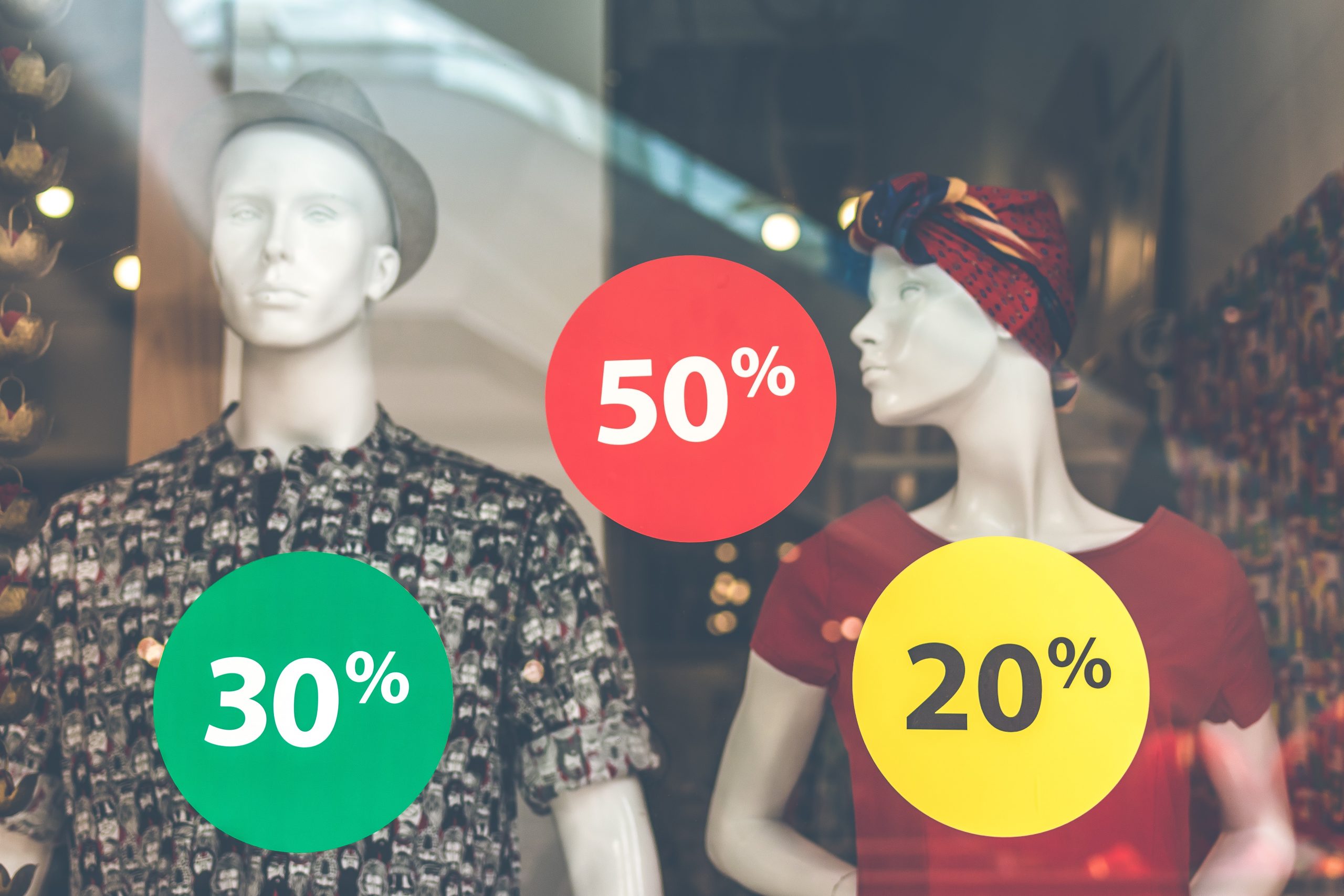Understanding demand patterns in the Data Age
Demand pattern analysis is becoming increasingly valuable in business, as a way of predicting and preparing for future fluctuations in market demand. The problem is that the “best-practice” models that are still taught and employed today rely solely on historical patterns to make predictions.
In reality, looking backwards at the impact of previous seasons, promotional activity and events can only provide limited forecasting accuracy. The real gold lies in looking sideways, and even forwards.
Is there a storm brewing in your demand forecast?
Picture this. A business is in the final stages of development of its much anticipated new product. But somewhere, on a social media platform far away, negative reviews of a previous product are doing the rounds. It started with a single opinion in a comment thread and has grown to full-blown thought leadership with thousands of likes, follows and shares. This snowballing negativity will inevitably have an impact on new product sales, but more importantly, it can help the business mitigate any issues with its new product ahead of launch.
If the business knows about it, that is.
And it’s not just a social media storm that has the potential to disrupt demand forecasts. The actual weather can derail projections too. As can a planned launch by a competitor. Or a disruptive innovation that’s just launched in an overseas market. The price of oil. Changes in building regulations. Inflation. Analysis of historical demand patterns can never help a business mitigate the impact of circumstances like these.
The actual weather can derail projections too.
Technology that makes demand and supply planners look good
Without the ability to take a 360 degree look at what’s happening in the world, demand pattern analysis is only doing a small fraction of what it could. Technology that directs Artificial Intelligence and Machine Learning towards carefully curated data sets is not just powerful, it’s empowering.
The internet is a big place. A person alone could never mine it for meaningful information at a significant scale. But when the latest technology knows where to look it can measure, learn and predict, giving demand and supply planners the ability to make more informed, strategic and accurate recommendations based on hard data. This increased efficiency of forecasting makes for more streamlined businesses with less waste and greater profitability. And that’s good news for everyone.
Share this
You May Also Like
These Related Stories

Move from demand forecasting to demand sensing

How QU Takes the Guesswork out of Pre-launch Planning
